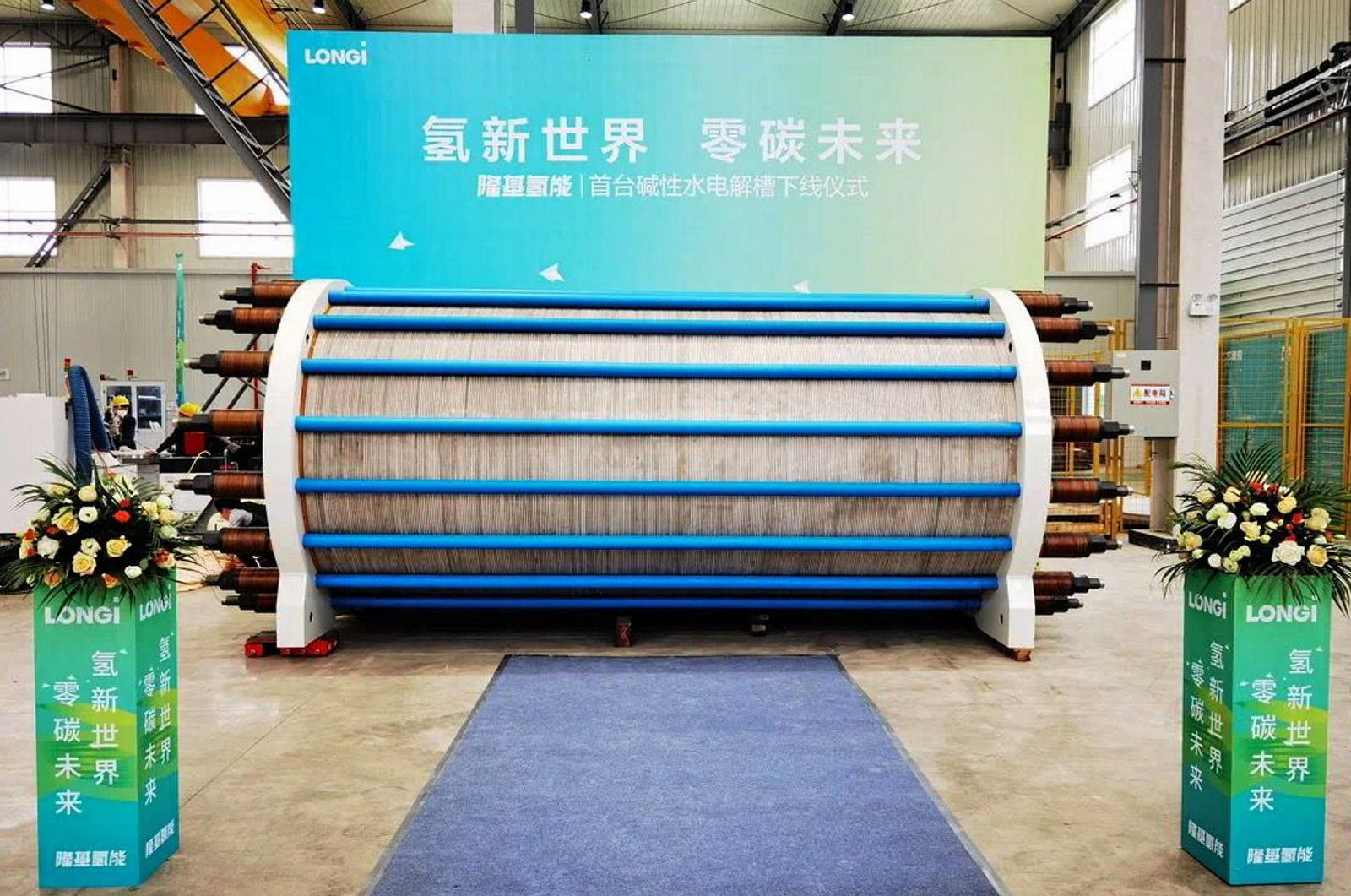Chinese companies take top three slots in BNEF's list of world's 20 largest hydrogen electrolyser makers
Western manufacturers are, however, due to catch up over the coming year in terms of annual production capacity, BloombergNEF reports
Global installations of electrolysers are set to expand by a factor of 120 — from 2GW today to 242GW — by 2030, according to analyst BloombergNEF (BNEF).
Hydrogen: hype, hope and the hard truths around its role in the energy transition
Will hydrogen be the skeleton key to unlock a carbon-neutral world? Subscribe to the weekly Hydrogen Insight newsletter and get the evidence-based market insight you need for this rapidly evolving global market
Between now and the end of the decade, about $130bn will be spent on electrolysers — the machines that use an electric current to split water molecules into hydrogen and oxygen — in what BNEF describes as a “breakneck growth pivot”.
This means that manufacturers of electrolysers, which are vital for the production of green hydrogen made from renewable energy, are racing to expand their production capacities to meet the coming demand.
Larger annual manufacturing capacities, particularly in automated or semi-automated factories, inevitably lead to economies of scale, and therefore the potential to undercut rivals in what will be a highly competitive market.
There is also a fear among Western manufacturers that electrolyser makers in China — where wages and costs tend to be lower, and companies often receive financial support from the state — would be able to sell their equipment around the world at far lower prices, and effectively price them out of the market. After all, the solar panel manufacturing industry was initially led by Western companies, but they quickly went bankrupt once the market was flooded by cheaper Chinese imports.
BNEF has previously stated that Chinese electrolysers are already being sold for 75% less than Western equivalents.
And according to new figures from BNEF, three Chinese electrolyser makers — Longi, Peric and Sungrow — are already leading the global market in terms of annual manufacturing capacity. And Belgium's John Cockerill, in joint fourth place, produces most of its electrolysers in China.
However, several Western electrolyser makers — namely, Plug Power, John Cockerill, ITM Power, Ohmium, Cummins, Thyssenkrupp and HydrogenPro — are due to catch up over the next year.
Below are two tables showing BNEF’s top 20 electrolyser manufacturers in the world (by expected annual manufacturing capacity) at the end of 2022 and 2023.
Please note that these lists only include manufacturers of the two main types of electrolyser — alkaline and PEM (proton exchange membrane) — and exclude companies making solid-oxide electrolysers (SOEs). US company Bloom Energy says it currently has 2GW of SOE electrolyser manufacturing capacity.
| 2022 | Manufacturer | Annual Capacity | Country | Electrolyser type (ALK=Alkaline) |
| 1= | Longi | 1.5GW | China | ALK |
| 1= | Peric | 1.5GW | China | ALK/PEM |
| 3 | Sungrow | 1.1GW | China | ALK/PEM |
| 4= | John Cockerill | 1GW | Belgium | ALK |
| 4= | Thyssenkrupp | 1GW | Germany | ALK |
| 4= | Auyan | 1GW | China | ALK |
| 4= | ITM Power | 1GW | UK | PEM |
| 4= | Plug Power | 1GW | US | PEM |
| 4= | Ohmium | 1GW | US | PEM |
| 10= | Cummins | 0.6GW | US | PEM |
| 10= | Nel | 0.6GW | Norway | ALK/PEM |
| 12= | SinoHy | 0.5GW | China | ALK |
| 12= | Guofu | 0.5GW | China | ALK |
| 14= | Siemens | 0.3GW | Germany | PEM |
| 14= | Kylin Tech | 0.3GW | China | ALK |
| 14= | HydrogenPro | 0.3GW | Norway | ALK |
| 17= | Kohodo | 0.3GW | China | ALK |
| 17= | Sunfire | 0.3GW | Germany | ALK |
| 19= | McPhy | 0.1GW | France | ALK |
| 19= | Green Hydrogen Systems | 0.1GW | Denmark | ALK |







